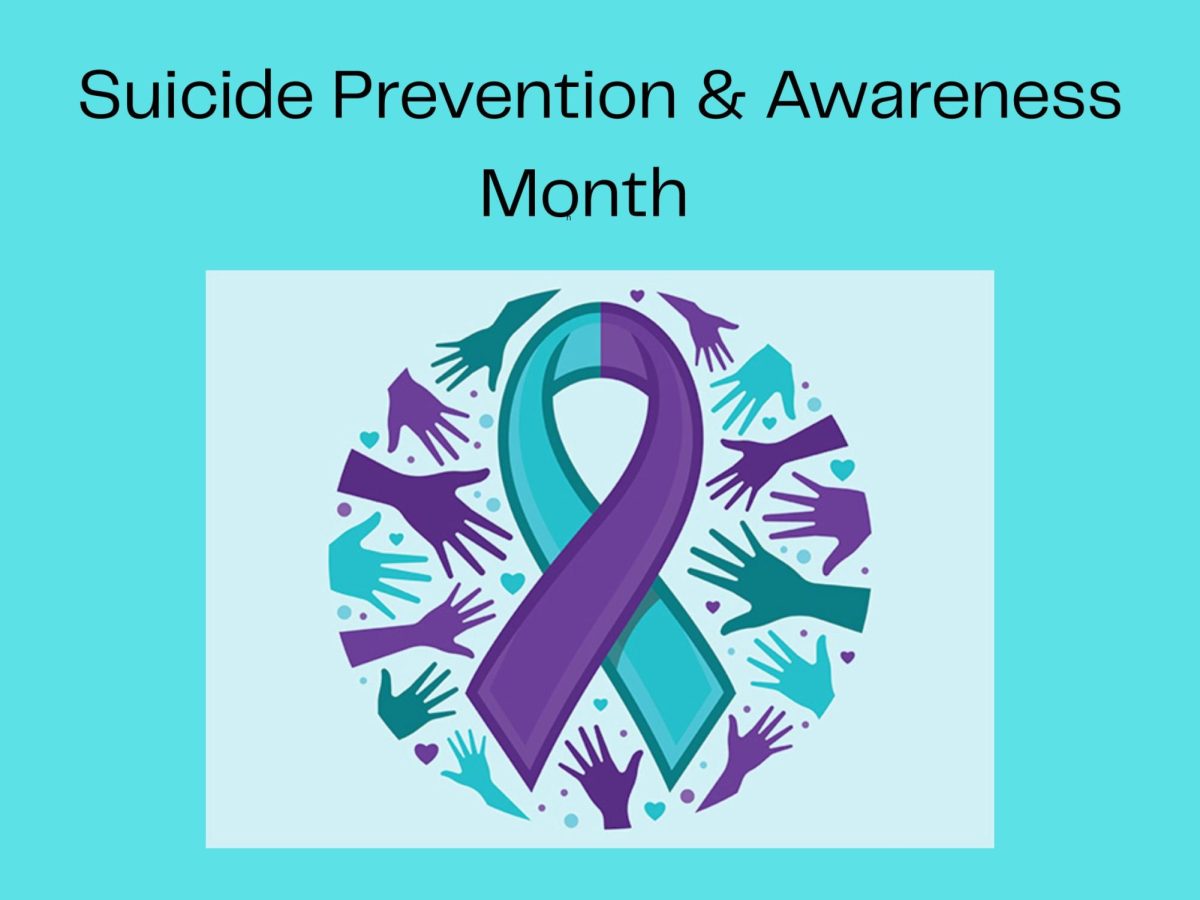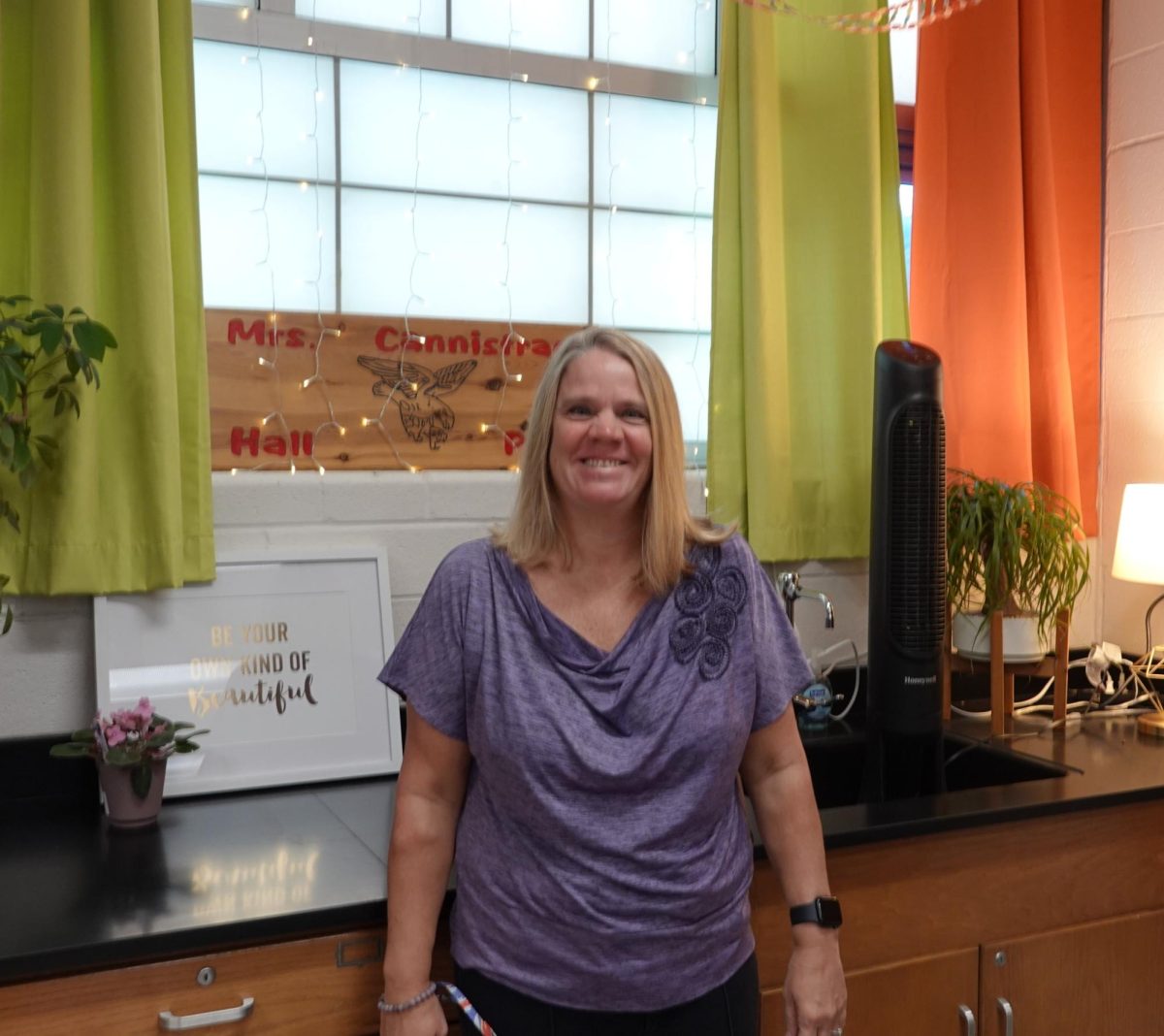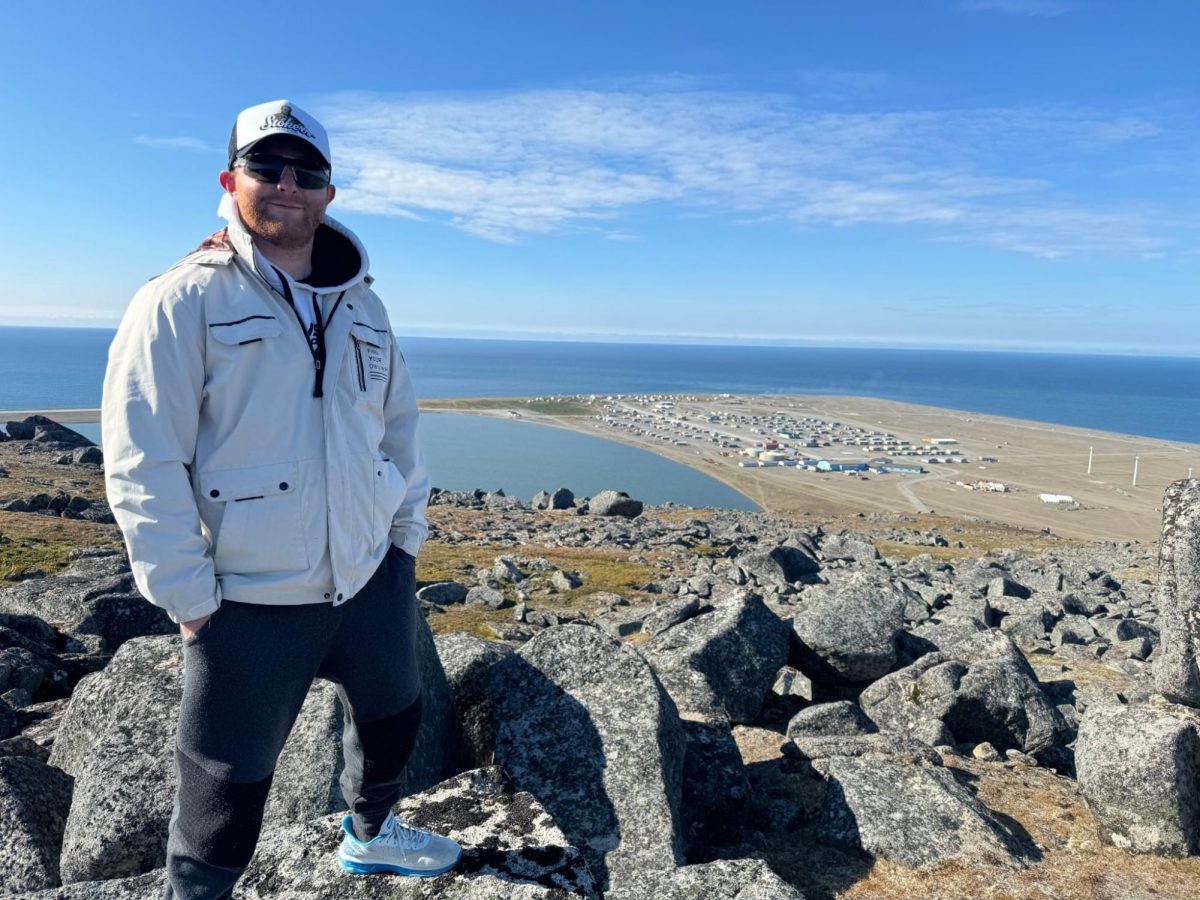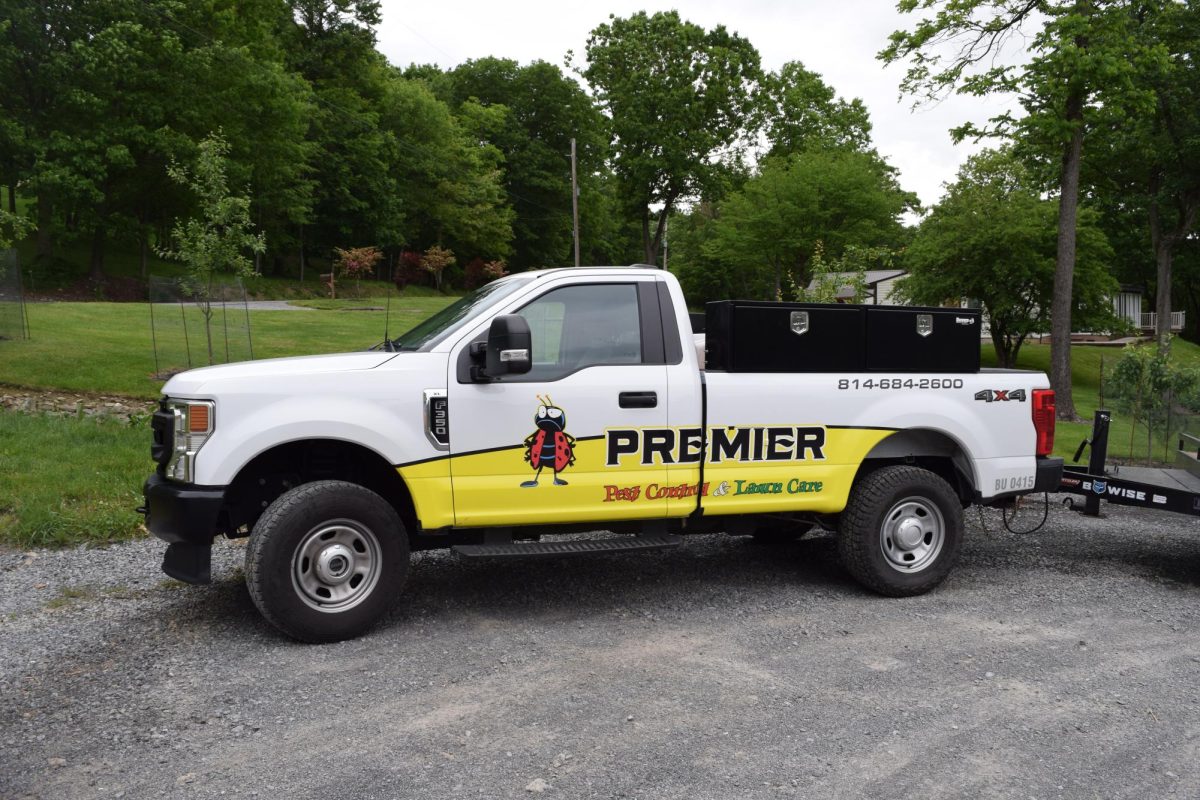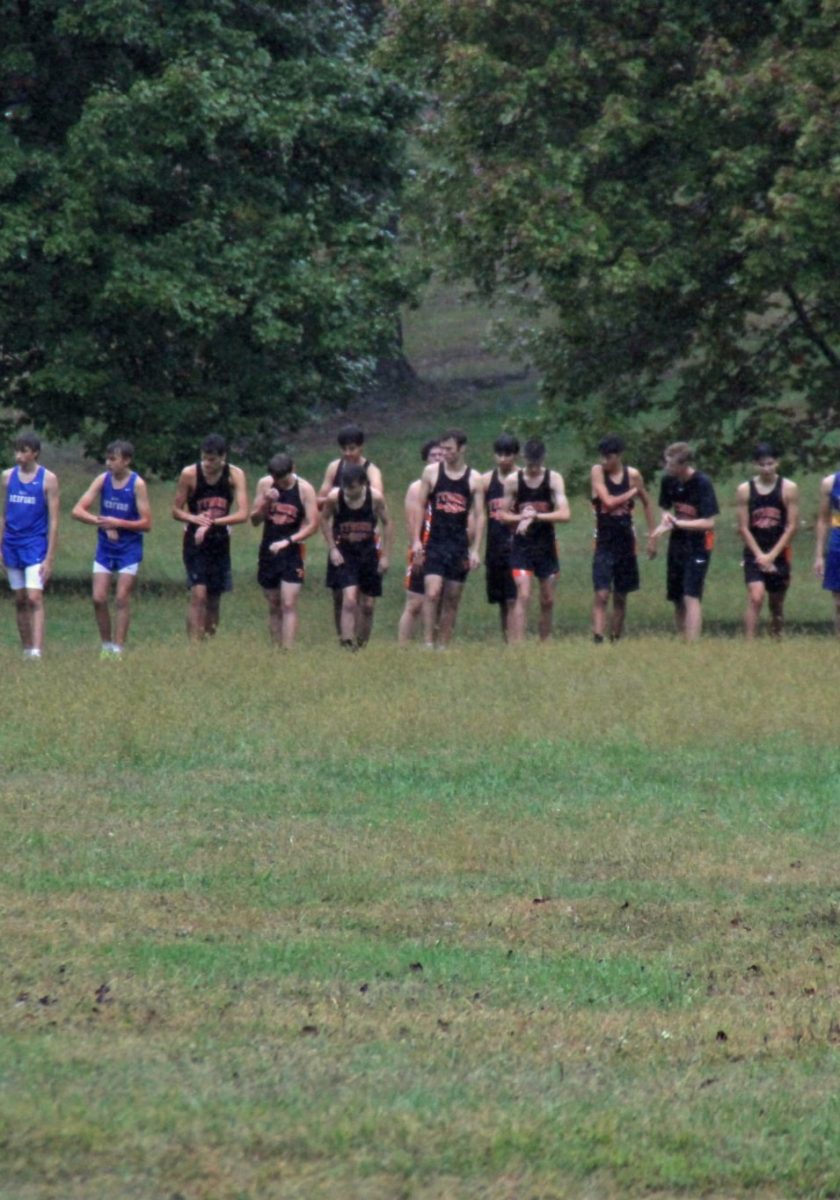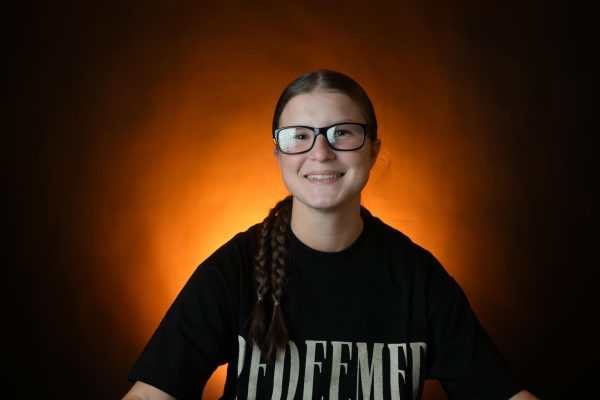You open a snap from a friend. She has been going through issues at home and at school, and on top of that, she and her boyfriend just broke up.
“I’m going to kms,” the snap says.
kms…short for Kill. My. Self.
Your friend doesn’t seem like the type that would actually try to take her own life, but is she serious this time?
Is this real?
What should you do?
According to Tyrone Area Middle School Counselor Matt Kimberlin, it’s important not to brush off comments about self-harm or suicide.
Don’t assume that your friend is just looking for attention or kidding around.
“You never want to look back and wish you had done more if/when the person does die by suicide, that is a guilt you will never let go,” Kimberlin said. “If there is any chance that a friend could put themselves in a harmful situation, they should get help immediately. And if you believe that a person is ‘actively’ planning or is in the process of suicide, swallowed a ton of pills, is looking for a gun, has made a noose, etc., call 911 immediately.”
He also added that students on the receiving end of thoughts like these might also need support. He suggests finding a parent or a trusted adult to help you manage the situation and stay strong.
According to the Centers for Disease Control, suicide is the third leading cause of death among teenagers in the United States, after unintentional injuries and homicides.
Tyrone High School Counselor Jessica Koeck says that it’s important to just be there for friends when they are struggling and listen to what is going on, even if they don’t mention self-harm or suicide specifically.
“You may have to ask some difficult questions to get a better sense of the severity of the situation,” Koeck said. “[Asking difficult, pointed questions] like: Are you thinking about hurting yourself? Are you having thoughts about suicide/dying? Do you have a plan to follow through with these thoughts? is not inappropriate.”
If you get any sense that the answer to any of those questions might be yes, immediately reach out to people who can help and encourage your friend to do the same.
“I would recommend speaking with a trusted adult who can help get the individual the appropriate level of care. If they are not actively suicidal, I would encourage them to see the school counselor, social worker, or other mental health professional, so that these individuals can assess what the next best steps are to support the friend,” Koeck said.
The risk of suicide varies greatly by age, sex, and race, and by personal characteristics including education, occupation, family history, and place of residence.
Kimberlin also noted that other factors increase the risk for suicide.
“Substance abuse, depression, drug and alcohol use, as well as previous suicidal attempts, contribute to the completion of a suicidal act. Remaining aware of these contributors is a crucial step in recognizing and supporting those who are contemplating suicide,” Kimberlin said.
Suicide is a sad reality that impacts many individuals, whether it is someone on a sports team, a classmate, a relative, or just someone whose name you know.
September is Suicide Prevention Month. A time to raise awareness, promote hope, and normalize seeking help. When we stand together, we can make a difference.



